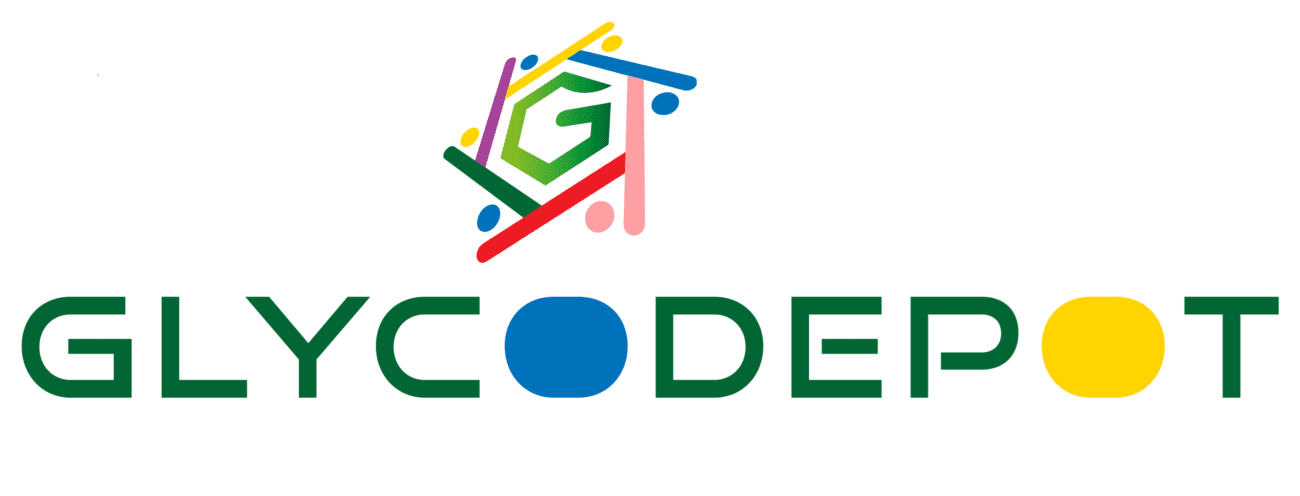D-glycero-D-gulo-Heptonic acid, γ-lactone
D-glycero-D-gulo-Heptonic acid, γ-lactone (CAS No. 89-67-8) is a seven-carbon sugar lactone that plays a significant role in organic chemistry and biochemistry. This compound is notable for its applications as a precursor in various synthetic pathways and its potential biological activities.
Chemical and Physical Properties
- CAS Number: 89-67-8
- MDL Number: MFCD00005390
- EINECS: 201-929-6
- Molecular Formula: C₇H₁₂O₇
- Molecular Weight: 208.17 g/mol
- Boiling Point: Not specified (predicted to be around 557.5°C)
- Melting Point: 148–149°C
- Density: 1.806 ± 0.06 g/cm³ at 20°C (760 Torr)
- Appearance: Typically a white to off-white crystalline solid
Structure and Composition
The synthesis of this γ-lactone compound typically involves the oxidation of a heptose sugar using oxidizing agents such as bromine or iodine in the presence of a base. Maintaining strict control over the reaction conditions is crucial to achieving optimal yield and high purity. This process is widely used in carbohydrate chemistry, especially in the preparation of intermediates for glycosylation and other advanced synthetic applications.
Biological Activity and Applications
- Synthetic Precursor: This compound serves as a key intermediate in the synthesis of various organic molecules, particularly in the production of complex carbohydrates and other biologically active compounds.
- Research Applications: This compound is utilized in biochemical research to study carbohydrate metabolism and the synthesis of glycosylated compounds.
- Potential Health Benefits: While specific health benefits are not widely documented, compounds like D-glycero-D-gulo-heptonic acid may exhibit biological activities that warrant further investigation.
Synthesis Methods
The synthesis of this γ-lactone compound typically involves the oxidation of D-glycero-D-gulo-heptose using oxidizing agents such as bromine or iodine in the presence of a base. Careful control of reaction conditions is essential to optimize yield and purity.
Safety and Handling
This substance is generally considered safe for use in laboratory settings; however, standard safety protocols should be followed to prevent exposure during handling.
Storage Recommendations
For long-term stability, store the compound at temperatures between 2–8°C in a cool, dry place away from light.
In summary, D-glycero-D-gulo-heptonic acid, γ-lactone is an important carbohydrate derivative with significant applications in organic synthesis and potential biological relevance.
Citations:
- https://www.evitachem.com/product/evt-297433
- https://www.chemicalbook.com/ChemicalProductProperty_EN_CB8905284.htm
- https://pubchem.ncbi.nlm.nih.gov/compound/102367
- https://pubchem.ncbi.nlm.nih.gov/compound/D-Glycero-L-manno-heptono-gamma-lactone
- https://webbook.nist.gov/cgi/cbook.cgi?ID=C89678&Units=SI
- https://www.chemsrc.com/en/cas/87-74-1_890940.html
- https://www.chemeo.com/cid/60-134-6/D-glycero-D-gulo-Heptonic-acid-gamma-lactone
- https://www.chemsrc.com/en/cas/15397-07-6_1536313.html

Reviews
There are no reviews yet.